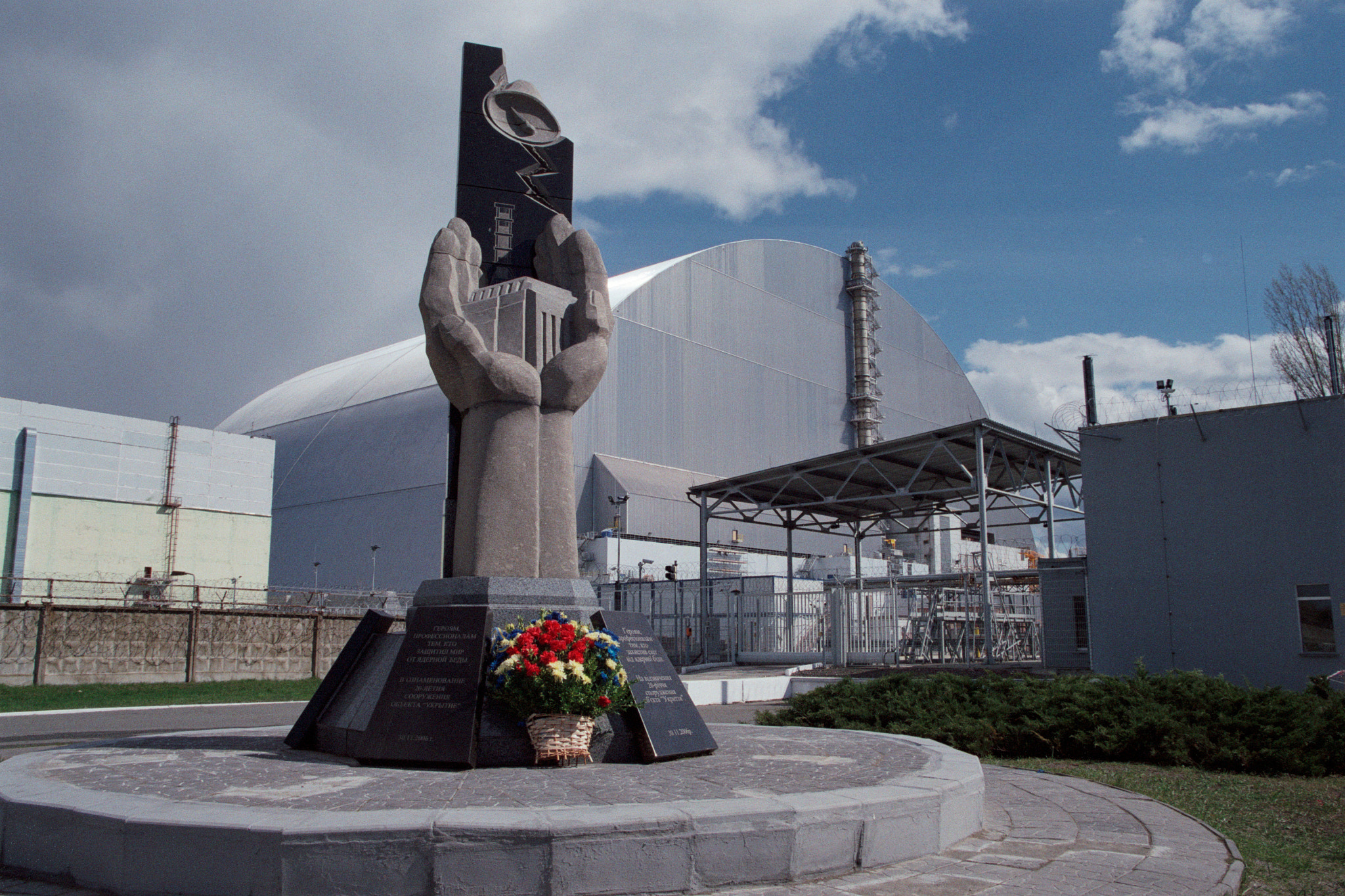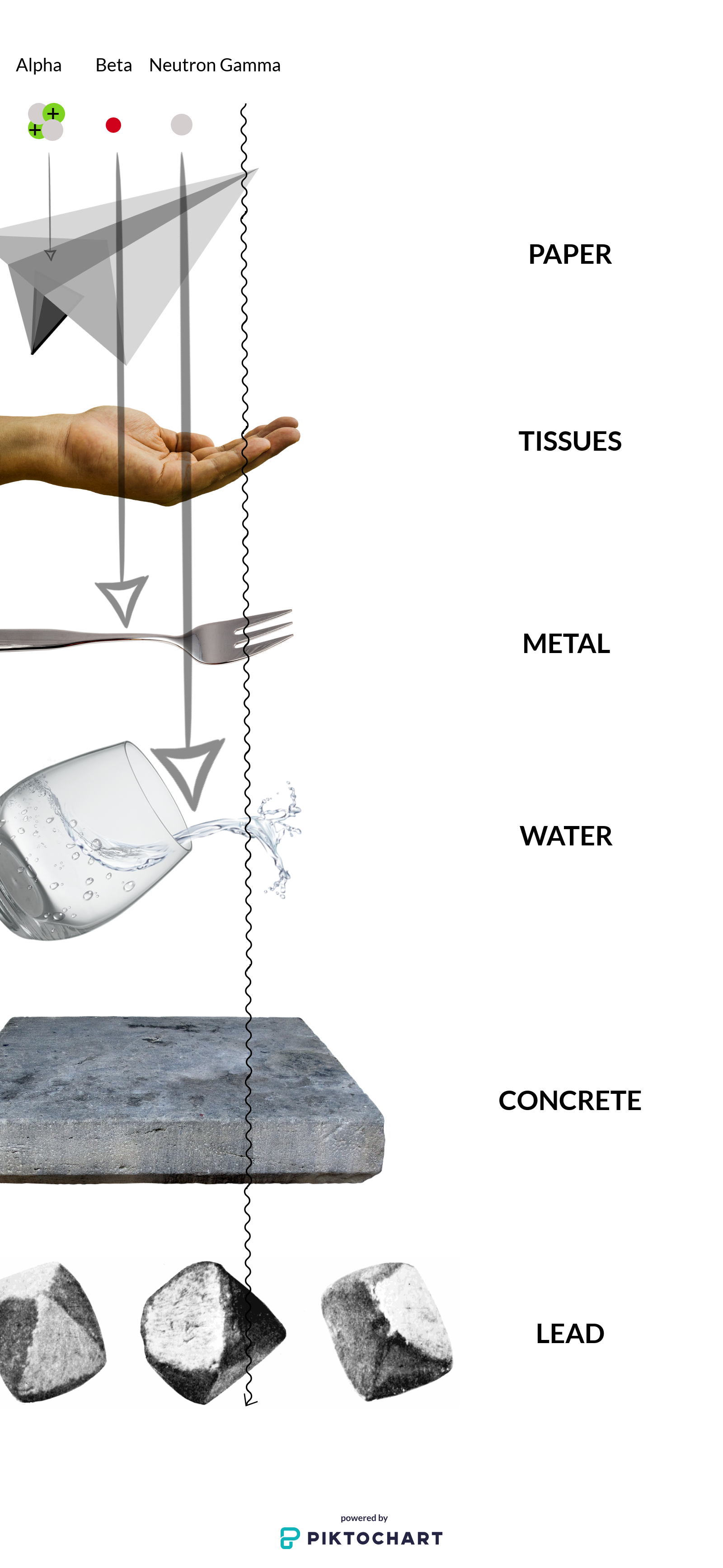2016 marks the 30th anniversary of the accident at the Chernobyl nuclear power plant, and the 5th anniversary of the Fukushima accident. Both resulted in widespread radioactive contamination, particularly across large areas of Belarus and Ukraine and parts of Japan and the Russian Federation.

Radiation is nothing new. The human race evolved in a sea of natural radiation from the Earth and outer space. Radiation is energy transferred in the form of waves or particles. It is said to be ionising if it has sufficient energy to change the structure of an atom (make it gain or lose electrons), and non-ionising otherwise.
In our daily lives we are surrounded by radiation both from human and natural sources.
- Ionising radiation: Natural sources of ionising radiation include certain elements (e.g., uranium) and space (cosmic rays). Example of ionising radiation are alpha, beta, neutron and gamma rays.
- Non-ionising radiation: Ultraviolet radiation (UV) from the sun, and the Earth’s electromagnetic field, are examples of natural non-ionising radiation.
Technological uses of radiation are numerous. Ionising radiation is used in industry for producing energy, verifying the integrity of materials and, very importantly, in medicine for diagnosing and treating disease. Your mobile phone, Wi-Fi, micro-wave and induction cooker work thanks to non-ionising radiation.

Is radiation bad for human health? It has been demonstrated that exposure to ionising radiation causes cancer, cataracts and, at high doses, cardiovascular diseases. The magnitude of the risk, however, is a matter of quantity: the use of ionising radiation is strictly regulated in order to minimise doses and thus health effects. In medicine, the benefits of X-ray examinations and radiotherapy are enormous, though optimising doses is very important to minimise any long-term health effects. UV radiation is also clearly carcinogenic, though solar exposure is important for vitamin D production. Precautions are important, particularly in countries like Spain, to protect oneself against the harmful effects of UV rays.
The potential adverse health effects of other types of non-ionising radiation are still uncertain. Both exposure to extremely low frequency (ELF) and radiofrequency (RF) electromagnetic fields (related to electricity distribution and communication technologies, respectively) have been classified as possibly carcinogenic by the WHO International Agency for Research on Cancer. Research continues, in particular at the Barcelona Institute for Global Health (ISGlobal), to clarify whether such effects exist. For static fields, from MRIs for example, and intermediate fields, increasingly used in anti-theft gates in shops and induction cookers, few studies have been conducted to date.







